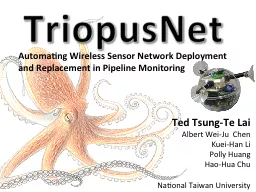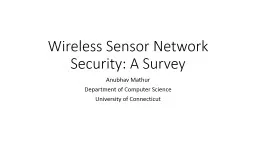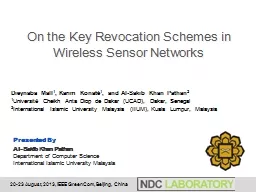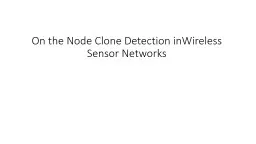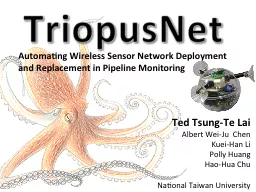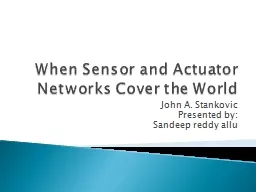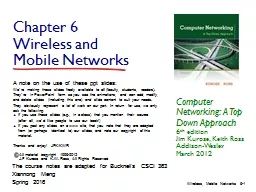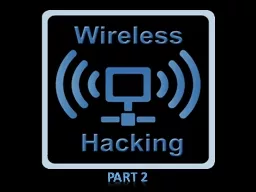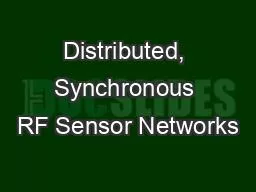PPT-FIND: Faulty Node Detection for Wireless Sensor Networks
Author : pasty-toler | Published Date : 2015-11-07
Shuo Guo Ziguo Zhong and Tian He University of Minnesota Twin Cities Background Importance of fault detection in WSNs Node failures gt performance degradation Two
Presentation Embed Code
Download Presentation
Download Presentation The PPT/PDF document "FIND: Faulty Node Detection for Wireless..." is the property of its rightful owner. Permission is granted to download and print the materials on this website for personal, non-commercial use only, and to display it on your personal computer provided you do not modify the materials and that you retain all copyright notices contained in the materials. By downloading content from our website, you accept the terms of this agreement.
FIND: Faulty Node Detection for Wireless Sensor Networks: Transcript
Download Rules Of Document
"FIND: Faulty Node Detection for Wireless Sensor Networks"The content belongs to its owner. You may download and print it for personal use, without modification, and keep all copyright notices. By downloading, you agree to these terms.
Related Documents


